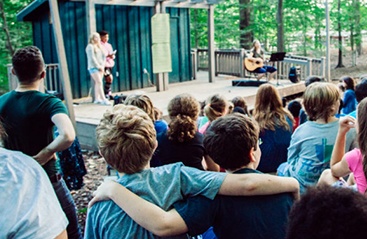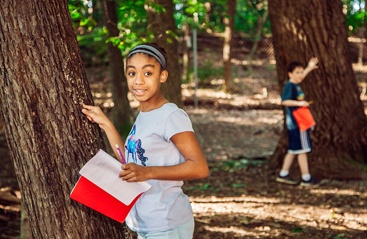Raíces Africanas

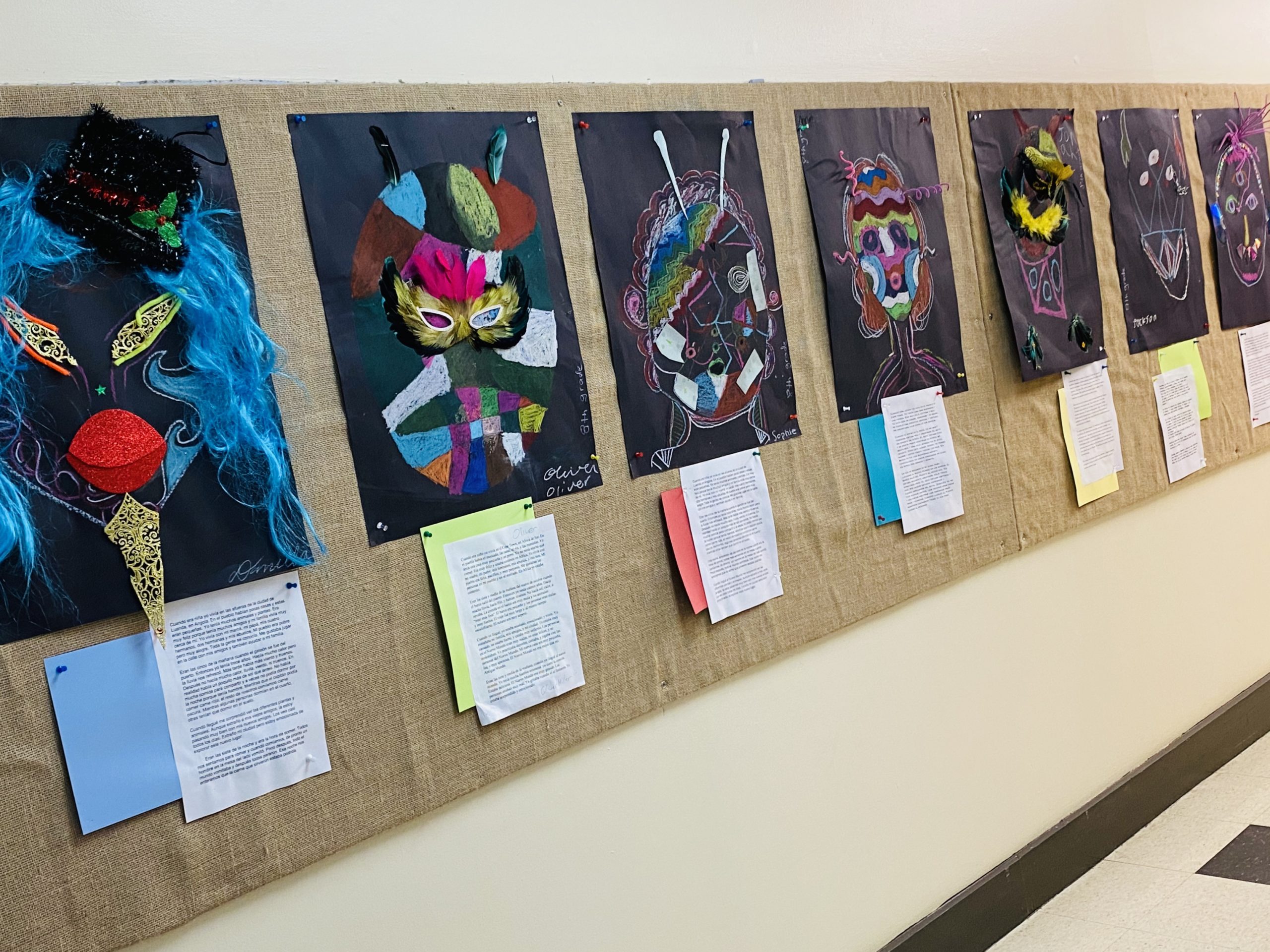
The 8th grade Spanish students in my class have been working on the unit “African Roots,” or “Raíces Africanas.”
Throughout the multiracial society of the Caribbean, the Carnival is a testament to the survival and persistence of African cultures in the Diaspora. The origin of these celebrations in the Caribbean is uncertain. Some speculate the devotion to Santiago took root so deeply in places like Puerto Rico, Cuba and Dominican Republic because the traditional representation of the saint as a warrior mounted on a horse is so similar to images of Changó, the Yoruba God of War and Thunder.
This syncretism of Spanish and African costumes is present in the masks used mainly in carnivals of the coastal towns, where the majority of the settlements of African slaves and freed slaves were concentrated.
The masks typical of the African cultures were related to various religious rituals and practices of the African population that arrived on the island as slaves. These masks were made of wood and represented various mythological characters and animals. However, slavery forced the African people to adopt the Christian faith, and therefore they were prohibited from practicing their old religious beliefs. Facing this reality, they looked for ways to incorporate aspects of their culture in the celebrations of the religion that was imposed on them.
This unit allowed us to make connections across the African and Caribbean cultures by exploring the similarities and differences among the art and symbols of the mask. We were encouraged to think about how we relate to people of other parts of the world and how to express ourselves through the symbols and elements we choose for our masks.
We imagined being African slave artists who made the voyage to the New World during the Slave Trade. These are our stories, which can also be viewed in person in the Middle School Hall:
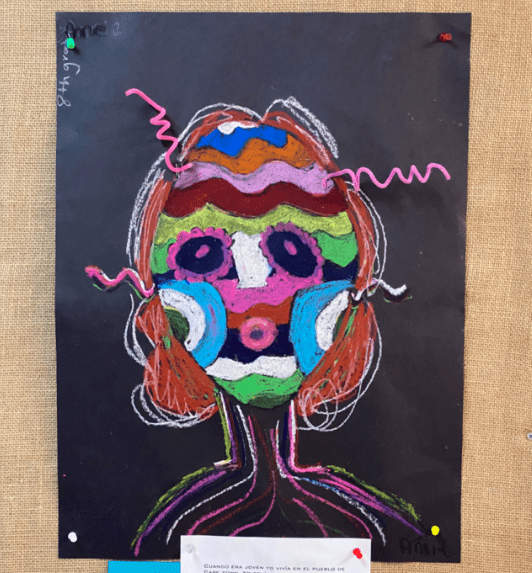
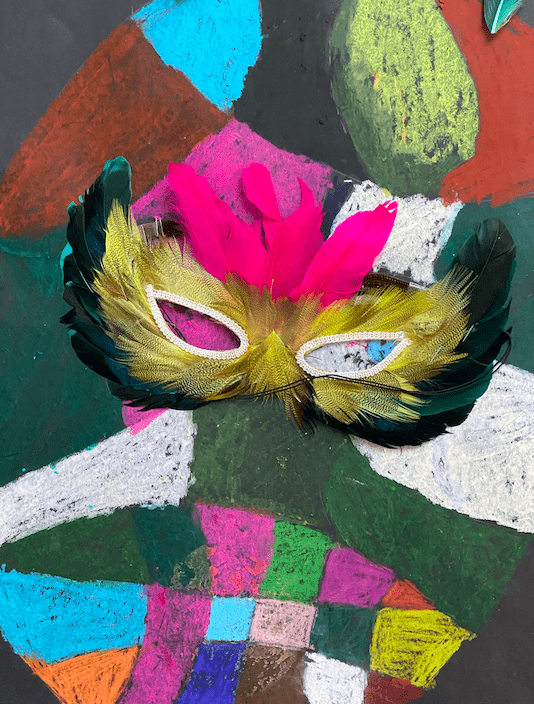
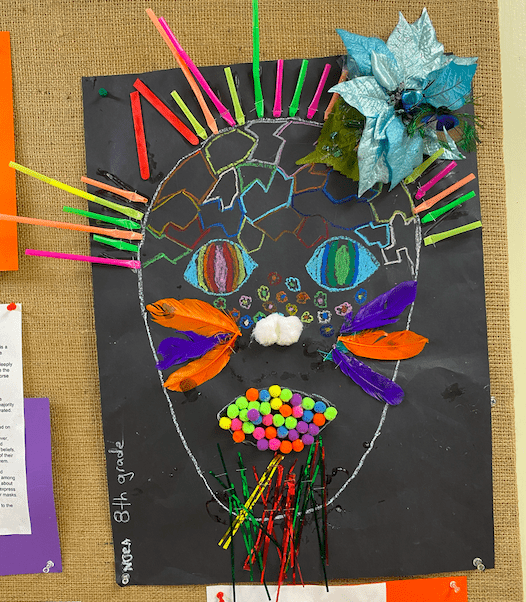
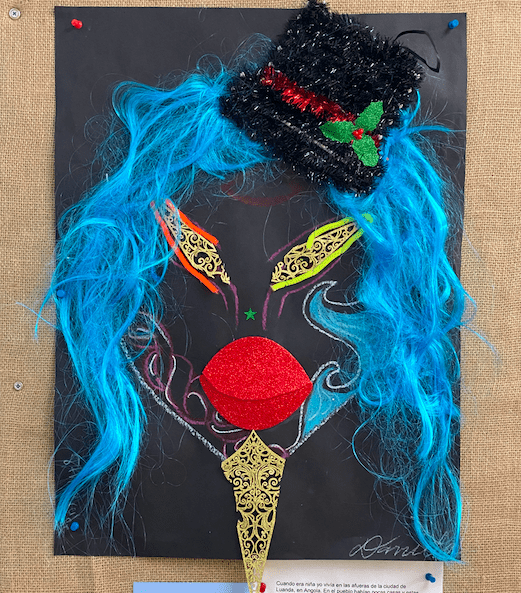
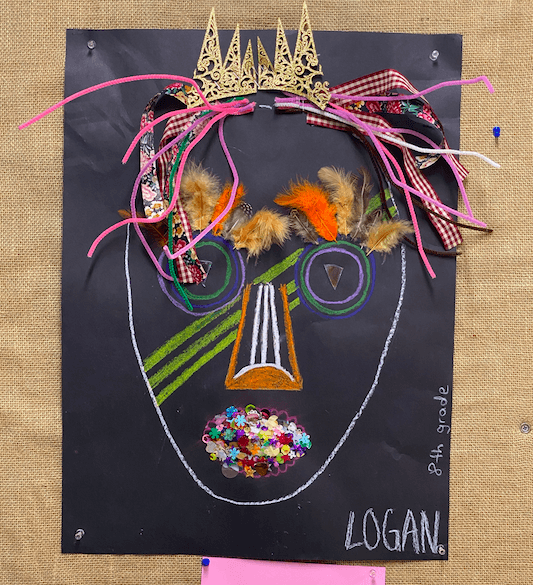
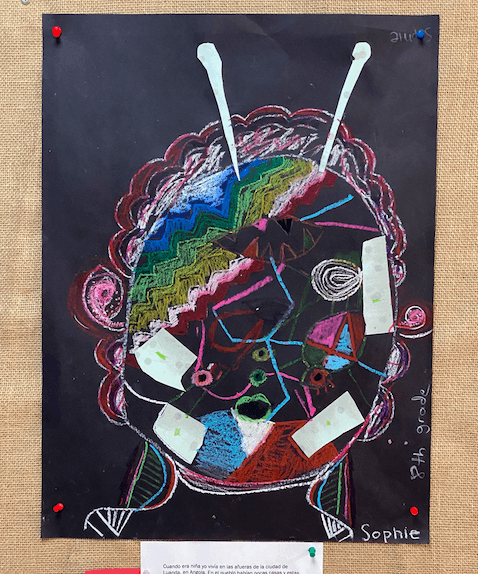


Inquire Now
Burgundy is a one-of-a-kind independent school for Junior Kindergarten through 8th Grade. We believe children learn best in an inclusive, creative, and nurturing environment that engages the whole child.
3700 Burgundy Road
Alexandria, VA 22303
703.960.3431
Accredited by:
Affiliated with:
Partners with:
©2024 Burgundy Farm Country Day School
Designed and developed by The Design Channel![]()

